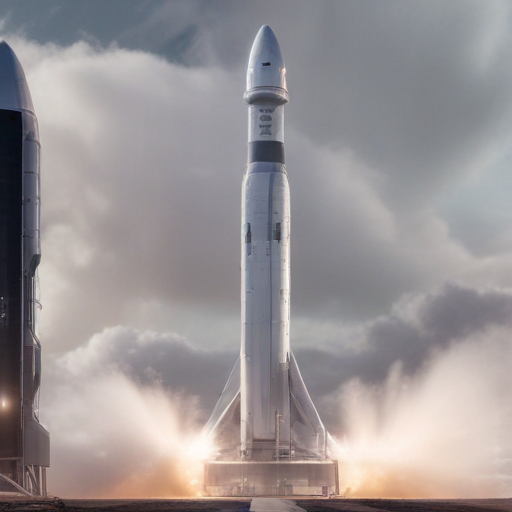On Tuesday, SpaceX conducted another test flight of its Starship rocket, but opted not to catch the booster with its giant mechanical arms, a procedure that had been successfully implemented in a prior mission. Instead, the booster was directed to a splashdown in the Gulf of Mexico just minutes after liftoff, as it did not meet all the necessary criteria for recovery. According to SpaceX spokesman Dan Huot, the decision to forego the booster catch came about four minutes into the flight, and he did not specify the reasons behind this change.
Despite the setbacks with the booster, the uncrewed spacecraft ascended from Texas and performed a near-circular orbit over the Gulf of Mexico, similar to last month’s test. The flight plan included a descent aimed toward the Indian Ocean, where the spacecraft was intentionally destroyed at the conclusion of the hour-long demonstration.
This launch marked a significant step in testing the capabilities of the world’s largest and most powerful rocket, which aims to eventually transport astronauts back to the Moon and, further down the line, to Mars. SpaceX modified the flight path compared to previous launches, adjusting the launch time to the late afternoon to allow for daylight observations during the spacecraft’s re-entry.
The test flight introduced new objectives, including the ignition of one rocket engine in space, essential for returning from orbit. The mission also involved thermal protection studies, with some spacecraft areas lacking heat tiles to assess potential catch mechanisms for future flights. SpaceX is planning further upgrades for its next test.
The event garnered attention with the presence of Donald Trump, signifying a growing relationship between the incoming president and SpaceX’s founder, Elon Musk. SpaceX’s goal of reusing the entire 400-foot (121-meter) Starship is aimed at significantly reducing costs for missions to the Moon and Mars, building on the successful recycling of Falcon rockets that have already proven to save time and resources.
NASA has invested over $4 billion into SpaceX for the lunar landings planned for later this decade, aligning with Musk’s vision of constructing a city on Mars using a fleet of Starships. This was the sixth launch of a fully assembled Starship in 2023, following three previous missions that unfortunately ended with explosions.
In summary, while the booster catch did not proceed as planned in this recent launch, the overall test still provided valuable data and insights that will contribute to future missions. SpaceX continues to evolve its technology, paving the way for ambitious exploration goals that could reshape our presence in space.
